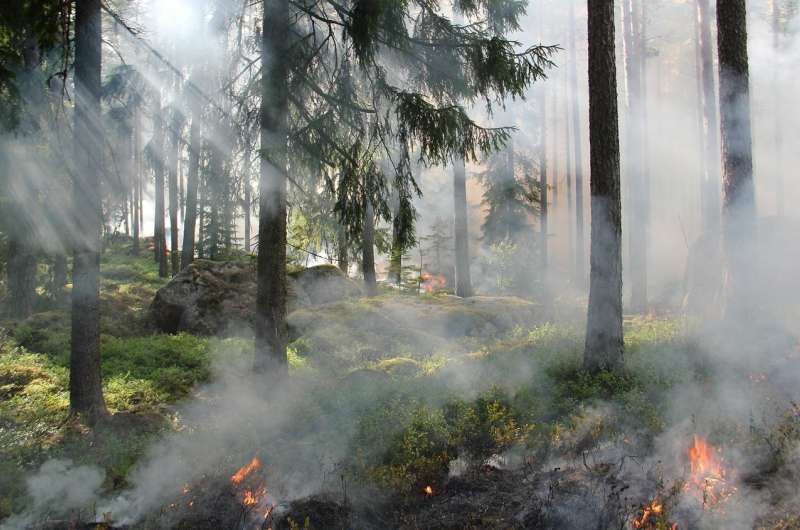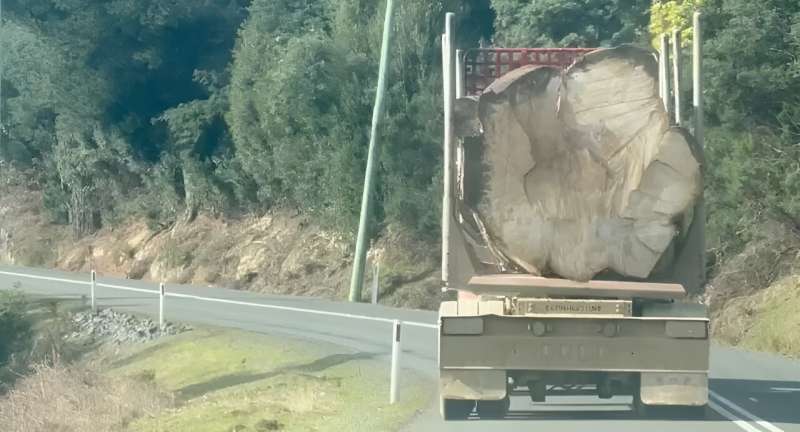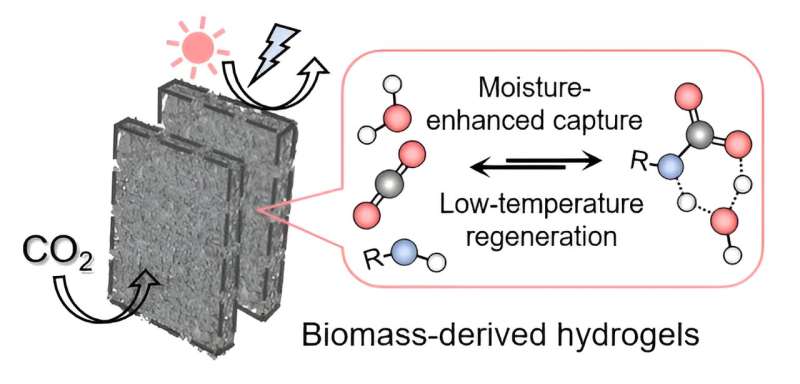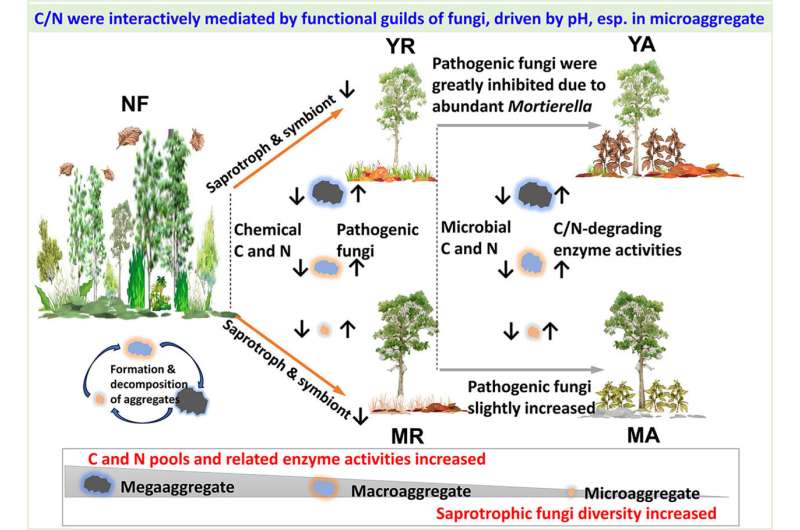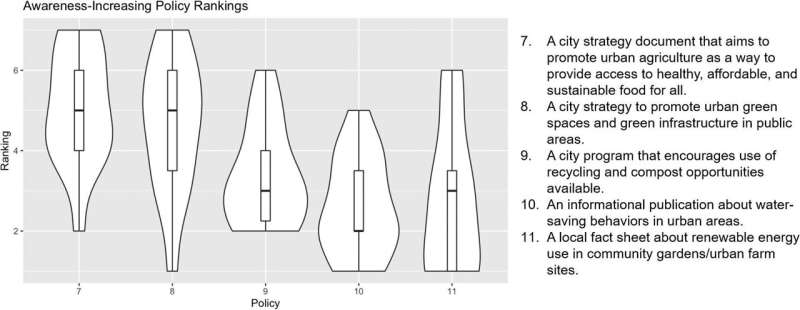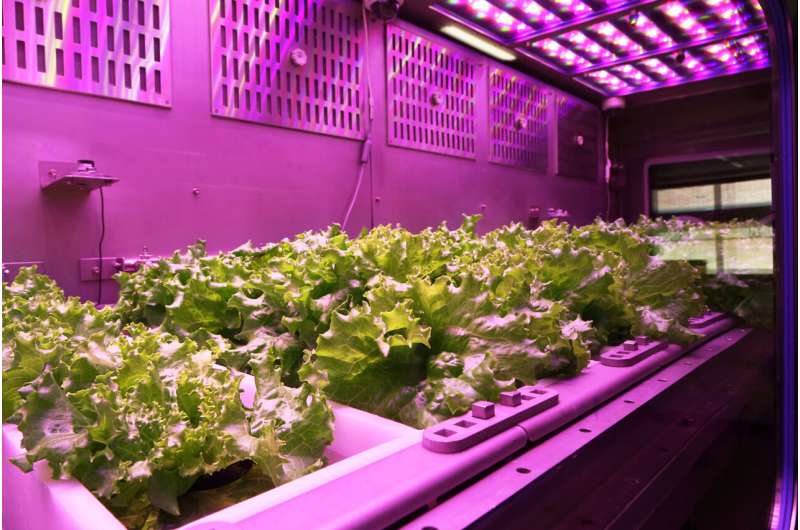Why older people are some of those worst affected by climate change

While we are all affected to some extent by extreme weather, it is older adults, especially older women and those with disabilities, who tend to be the most vulnerable. Who struggles most is partly determined by age but also pre-existing health conditions, mental well-being, and social and economic circumstances.As weather extremes are becoming more frequent and intense due to climate change, the world's population is getting older. This poses a significant global challenge. In 2030, around one out of every six people worldwide will be 60 or older. By that time, this age group is expected to number 1.4 billion and will increase to 2.1 billion by 2050.
Unfortunately, many older people lack the physical, mental, social, and financial resources needed to avoid or minimize the effects of extreme weather, especially in the global south. We know heat waves can be deadly for older people due to a reduced ability to regulate body temperature in old age, for instance. This is made worse by chronic health conditions such as cardiovascular and respiratory disease, diabetes and susceptibility to dehydration.
In the past two decades, heat-related deaths among people aged 65 and above have almost doubled globally, reaching approximately 300,000 deaths in 2018. The 2022 European summer resulted in 9,226 heat-related deaths among people aged 65–79 years, with a significant increase to 36,848 deaths for those aged 80 and over.
It's not just heat waves. Flooding for instance can also cause immediate injury and death to older adults. The 2022 Pakistan floods affected around 2.3 million older people. Many of them weren't mobile enough to escape or were particularly vulnerable to diarrhea, malaria and other diseases that spread quickly in flooded areas.
With wildfires, older people are less likely to receive timely warnings because of poor access to phones and other digital communication technologies. As a result, they can remain unaware and ill prepared to confront impending danger making evacuation difficult. They are also more likely to suffer significant financial losses as they lose their own homes and may struggle to recover with limited incomes.
Tropical cyclones such as hurricanes have been linked to increased hospitalizations among older adults. In early 2023, Cyclone Freddy struck several countries across southern Africa. Malawi was worst affected, and though older adults suffered the most they were the last to be helped.
Older people have a lot to contribute
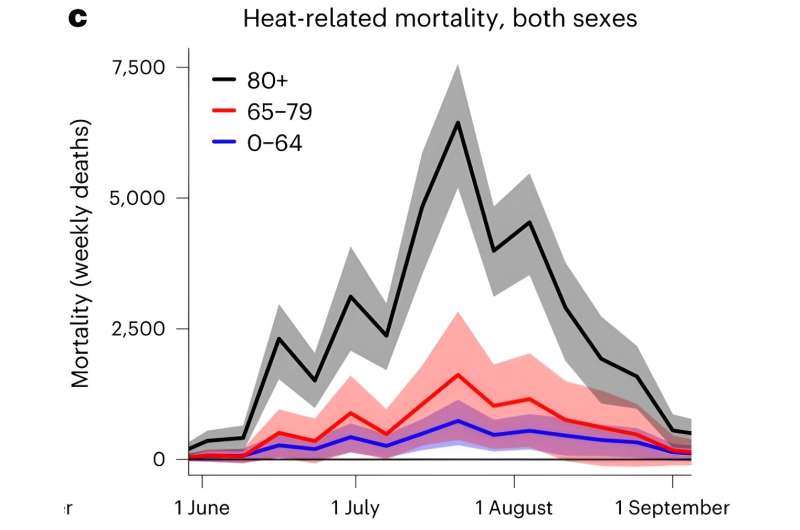
The UN has acknowledged the threat climate change poses to the human rights of older people. Ageism, which can cause older people to be neglected or ignored, makes the impact of climate change worse. The marginalization of older individuals is reinforced by biased assumptions they are frail, sick and dependent, which further justifies exclusionary practices.
When it comes to climate action, older people often face stereotypes of being "passive, incapable and withdrawn." However, they have a lot to contribute to addressing this global issue.
As society ages, there are a growing number of retired people who are educated, active and enjoying longer lives. They possess unique economic and social resources that can be extremely valuable in tackling climate change.
They also wield significant voting power and economic influence, which can be harnessed to promote climate policies. Climate action is often associated with young people. Around 70% of under 18s who responded to a major UN worldwide survey believed climate change is a global emergency. But their older counterparts are not far behind—58% of those aged 60-plus feel the same. Getting older people involved and empowering them to take action in tackling the climate crisis can help build even more support for the climate movement.
Older adults often hold indigenous and local knowledge of the place where they live. Their memories of past events and disasters provide valuable insights which can be crucial in adapting to and reducing the impact of climate change.
For example, in Bolivia, HelpAge International used the wisdom of older people to implement a traditional technique called camellones or "camel humps" to adapt to climate challenges. These raised beds protected crops during floods, improved water retention during droughts and also helped maintain soil health and diverse crop production, ensuring better food security.
Many older people also aspire to leave a legacy, passing on their values and a preserved planet to future generations. This desire drives them to take part in climate action, ensuring a better world for future generations. Engaging and empowering older people therefore in climate action not only provides an opportunity to address the climate emergency, but can contribute to building local community resilience.
To make this happen, we need to overcome obstacles such as access to technology, or buildings that are not easily accessible, so that older people can contribute their skills and abilities. There are already various initiatives around the world, such as The Elders and Senior Environment Corps, as well as specific groups like Elders for Climate Action in the US and Seniors for Climate Action in Canada, which involve older people in climate-related efforts.
It is crucial now, more than ever, that we reach old age in good health to have the resilience to deal with extreme weather events. This not only requires climate-proofing cities and other communities but recognizing and using the valuable knowledge and experience of older people in tackling the climate crisis.
Provided by The Conversation
This article is republished from The Conversation under a Creative Commons license. Read the original article.![]()
